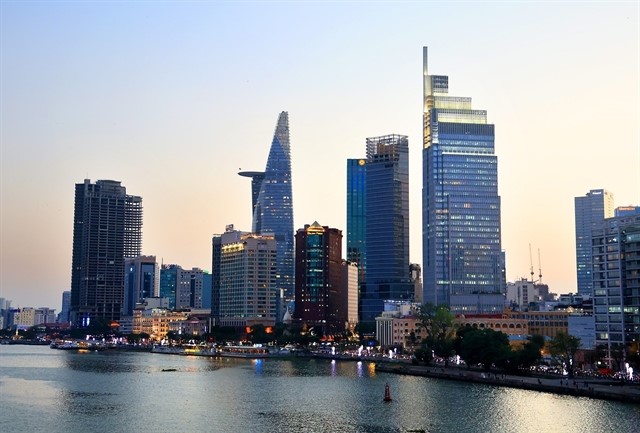Foreign Direct Investments into the ASEAN economies of Indonesia, Malaysia, Philippines, Thailand, Singapore and Việt Nam rose to US$236 billion in 2023, compared with an annual average of $190 billion between 2020 and 2022

Southeast Asia has emerged as a top choice for firms looking to diversify production away from China, including Chinese companies, amid escalating tensions between Washington and Beijing.
Southeast Asia is well-placed to benefit significantly from the China+1 phenomenon as both foreign and Chinese companies diversify their supply chains and operations, CNBC reported Kuo-Yi Lim, co-founder and managing partner of Southeast Asian venture capital firm Monk’s Hill Ventures as saying.
The 'China Plus One' strategy seeks to reduce the risks associated with a total reliance on that market or supply chain through diversifying manufacturing operations and expanding into other countries even as companies maintain a presence in China.
This has spurred greater investments into the ASEAN bloc. Foreign direct investments into the ASEAN economies of Indonesia, Malaysia, Philippines, Thailand, Singapore and Việt Nam rose to US$236 billion in 2023, compared with an annual average of $190 billion between 2020 and 2022, OCBC economists said in a May report.
The inflows mostly came from the US, Japan, the EU, mainland China and Hong Kong.
For Việt Nam, the country has become a key manufacturing location for Apple, as the US tech giant seeks to diversify the assembly of its products away from China.
It is already a major research and development hub for Samsung, as well as a manufacturing and export base for Samsung’s smartphones.
"Việt Nam's competitive labour costs and market access, with a whole raft of free-trade agreements makes it a lot easier to export to other markets, for example, the EU,” Kai Wei Ang, an ASEAN economist at BofA Securities, told CNBC earlier this month. — VNS
- Tags
- FDI flows





